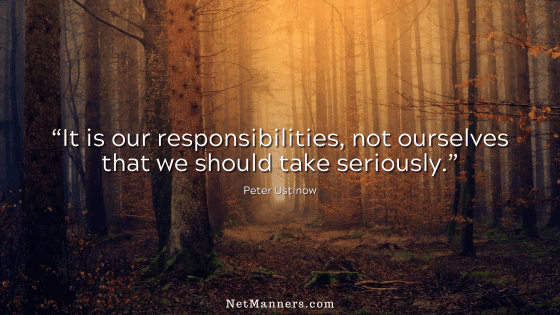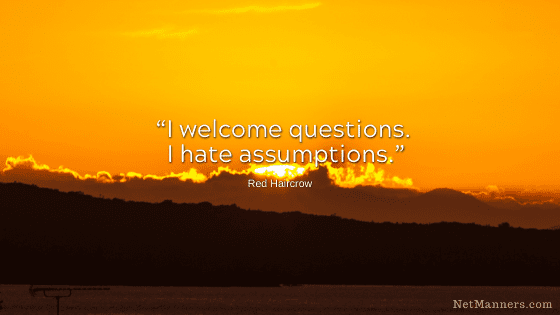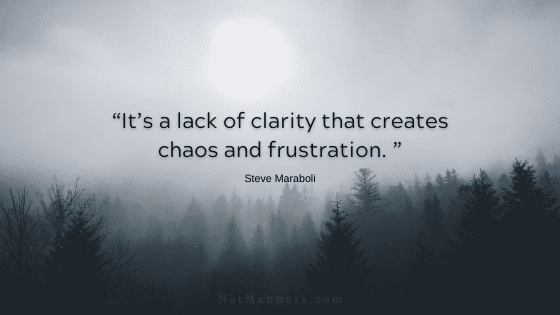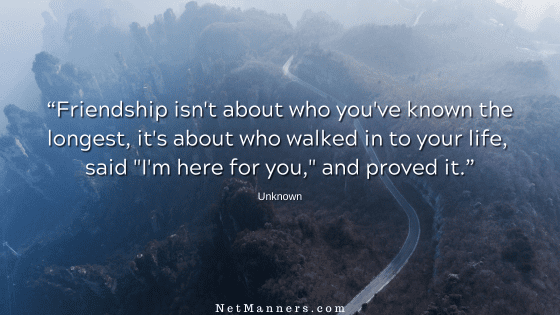Email Etiquette Resistance?
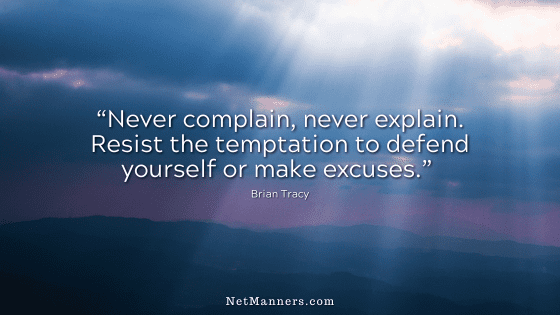
Resistance has been a buzzword lately, so I smirked when I received an email informing me that the person was part of “the email etiquette resistance.” Who knew?
They said email etiquette isn’t a thing and were surprised the site had been online for so long. Thou protest too much?
At first, I giggled and thought it was a joke.
But they ended with, “Prove you invented email, @#&*!%!”
Wow — don’t know where that came from!
There were probably some kids whose teachers sent them to take the quiz I used to offer. I didn’t make it easy and threw in some trick questions, but if you read the recommended resources, you would pass with flying colors. Some let me know they weren’t happy when they didn’t.
But that got me thinking…
How should I reply, if at all? How about a post? Then, I can send a link to this post. Let’s walk through my train of thought…
Email Etiquette is online etiquette or, as I explain with my tag-line:
Using technology with knowledge, understanding and courtesy.
What is so wrong with that? Who would want to resist that concept?
Starting from the Start
How long has email existed? Did you know that email is 51 years old?
The history of modern Internet email services reaches back to the early ARPANET, with standards for encoding email messages published as early as 1973 (RFC 561).
The Advanced Research Projects Agency Network was an early packet switching network and the first network to implement the protocol suite TCP/IP. Both technologies became the technical foundation of the Internet. The ARPANET was initially funded by the Advanced Research Projects Agency of the United States Department of Defense.
An email message sent in the early 1970s looks very similar to a basic email sent today. Email had an important role in creating the Internet,[3] and the conversion from ARPANET to the Internet in the early 1980s produced the core of the current services. Wikipedia
So, I didn’t invent email (I never said I did). Rare is the person reading this who even owned a computer in 1973. Look how far we have come in such a relatively short period.
I started this site waaaay back when I thought it would be a limited-time engagement. Who would have thought that the topics I discuss on this site decades later are still those that folks are interested in, need to improve upon, and want to refer to as needed?
I still receive emails daily from genuinely concerned online users asking, “What should I do?” I answer each one personally.
Decades of Everyday Email Later…
After decades of using technology and email, there are still those onliners who resist the concept of email etiquette. Why? Education? Laziness? Do they not care how they are perceived?
Who would have thought suggesting that communicating with proper sentence structure, case, and courtesy would require “resistance”? Isn’t that the basics of adult communication?
Next, I thought, maybe people get scared off by the term etiquette, as though it is some stuffy, fancy-schmancy practice. Etiquette is basically known but unspoken rules. Socially acceptable behavior. When it comes to email, communicating effectively and helping build relationships.
Let’s start over…
et-i-quette: noun
- conventional requirements as to social behavior; proprieties of conduct as established in any class or community or for any occasion.
- a prescribed or accepted code of usage in matters of ceremony, as at a court or in official or other formal observances.
- the code of ethical behavior regarding professional practice or action among the members of a profession in their dealings with each other: medical etiquette.
As you can see above, etiquette is about thinking before doing and behaving in a way we would also like to be treated. By embracing the straightforward tips on this site, you can contribute to being perceived favorably and, in some cases, avoid misunderstandings.
So why be pushy or rude?
Everyone has received rude emails where you’ve had to think before responding. Then, there are times when we can tell the sender isn’t purposely trying to be disrespectful or rude. With a bit of email etiquette forethought, that perception can go away.
Then there are the downright, purposeful, rude emails. In part, we live in a culture that is so busy thinking “all about me” that we don’t stop to think of courtesies or considerations for others.
Whatever you call online etiquette, netiquette, or email etiquette, it is simply understanding the technology you are participating in and then taking that knowledge to use technology properly with consideration and courtesy to others.
If you think email etiquette can be disregarded or ignored, you do yourself and those you communicate with a disservice. A little courtesy really is a good thing.


